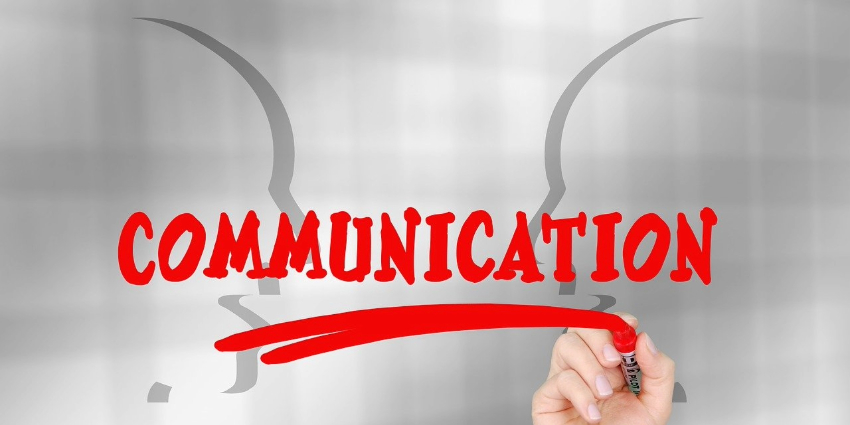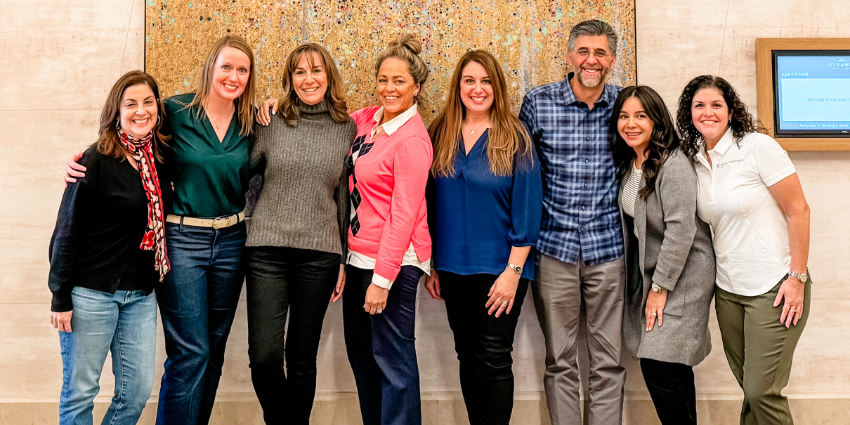The Feedback Sandwich – the dreaded mid-afternoon snack – often served cold following the words “Let me give you some feedback.”
Simply just reading that line might cause a physical reaction in some of you.
Feedback can make people fearful, nervous and anxious. Worse yet is when it’s delivered in a sandwich, minus the pickles.
You know what I’m talking about – it’s straight out of the Manager’s Playbook:
- Start the conversation with positive comments; say something nice
- Deliver critical feedback; say what you wanted to say in the first place
- End the conversation with positive comments; repeat the nice from #1
Quite well intended, yet fooling no one, least of all the recipient of the feedback.
The person on the other end of this conversation typically knows something’s coming; they started bracing for it the moment they heard the word “feedback”.
Therefore, #1 and #3 are immediately discounted and considered disingenuous by the feedback-recipient.
Let’s face it, the feedback-giver feels like they are softening the blow, sandwiching the blunt-force trauma between two thick slices of challah bread, somehow feeling more comfortable delivering the news.
If the intention behind providing feedback is positive (which it should be) – providing information that will help improve a process, finding alternative solutions to getting work done, improving communication with internal/external clients, etc…and the optimal result is to move forward, wouldn’t it make sense to flip the script from a push back to a pull forward?
What if we looked at feedback from a coaching perspective and attempted to feedforward instead?
Would our outcomes yield greater results, more trusting environments, higher quality work products?
What’s the difference between the two and how can we make feedback conversations feedforward conversations?
Here’s a few basic tips to keep in mind when preparing for a feedforward conversation:
| FEEDBACK | FEEDFORWARD | |
| Who’s doing the talking? | The Giver | Both the Giver and Receiver Equally |
| What type of conversation? | One-Way Conversation | Two-Way Conversation |
| More Statements or More Questions? | More Statements | More Questions |
| Instruction or Co- Creation? | Instruction on next steps | Co-Creation on next steps |
| Stickiness of Solution? | Short Term (maybe even needing another conversation) | Long Term (because the solution was co-created) |
Co-creating solutions by asking questions, being curious in a two-way dialogue, and allowing space to acknowledge the issue is the ultimate goal in productively moving forward.
Creating a feedforward coaching conversation is rooted in positive intention; the message may be challenging to deliver at times, but it will be better received leaving out the bread.
That entrée is more satisfying than a sandwich on any day.













